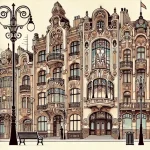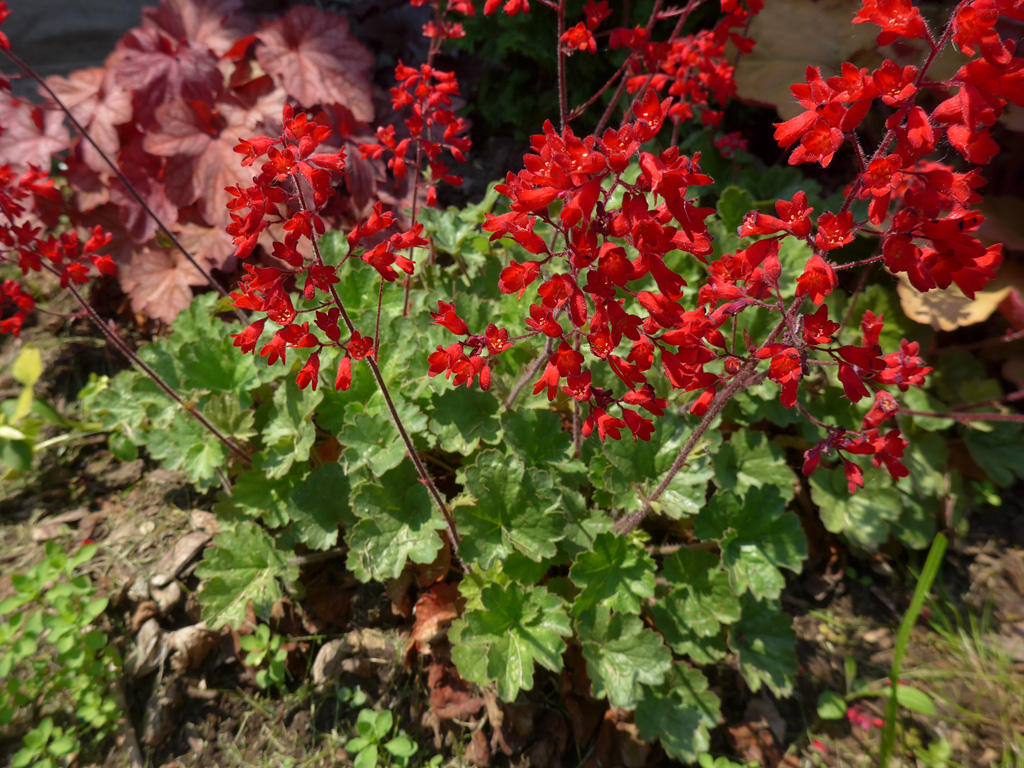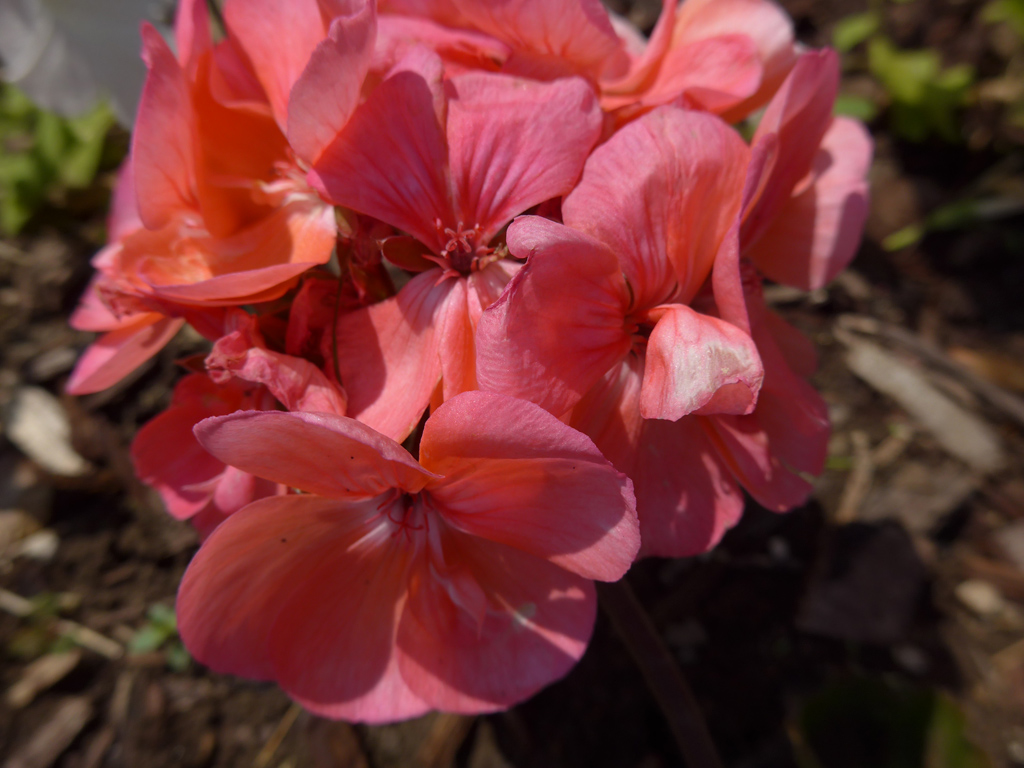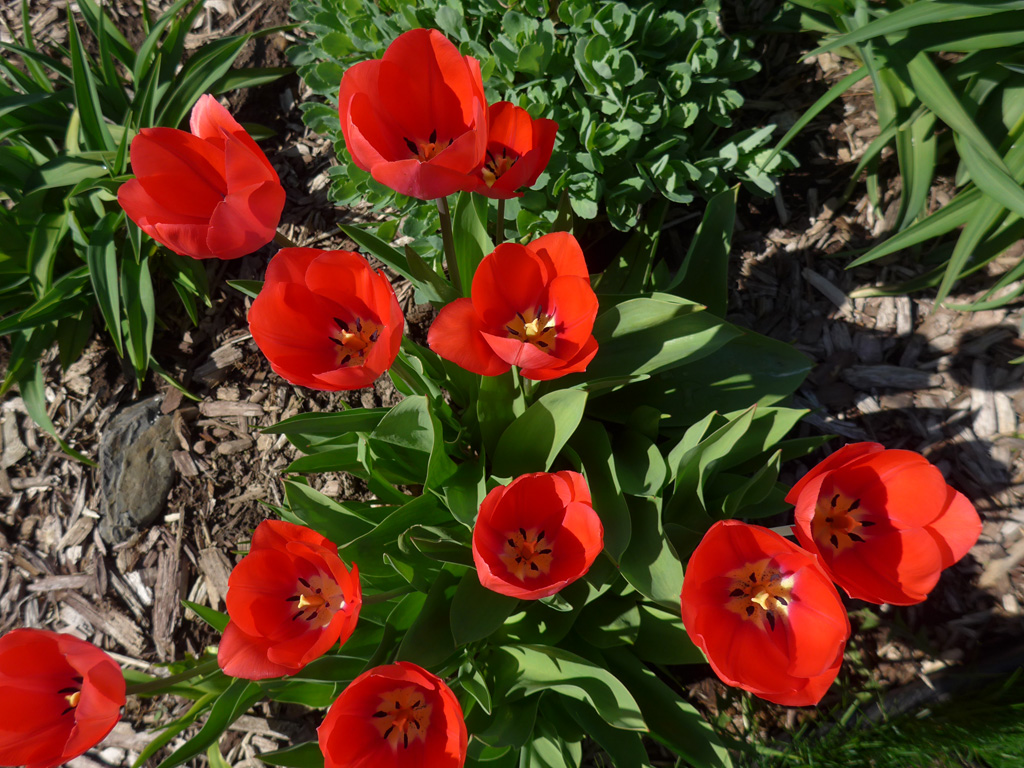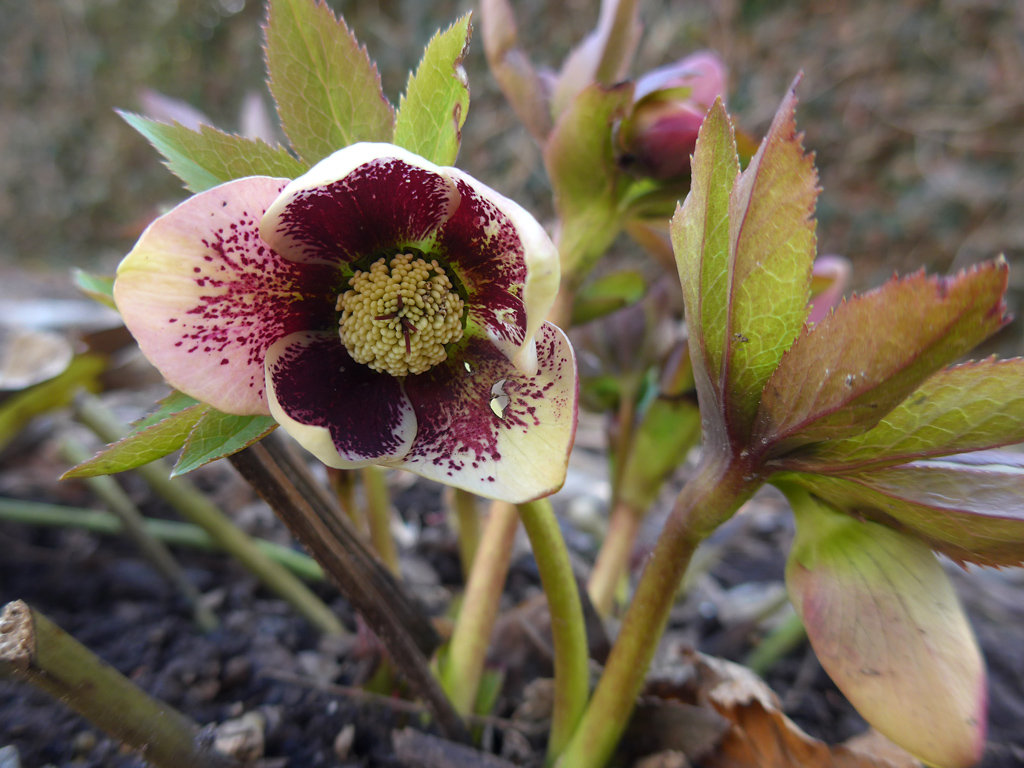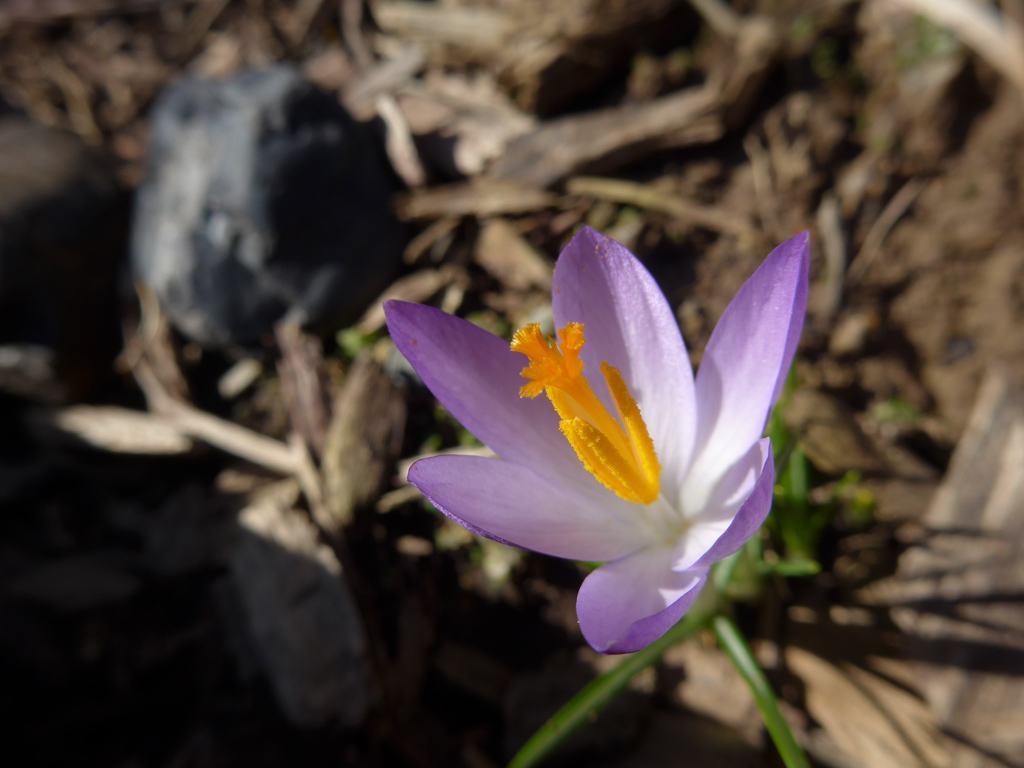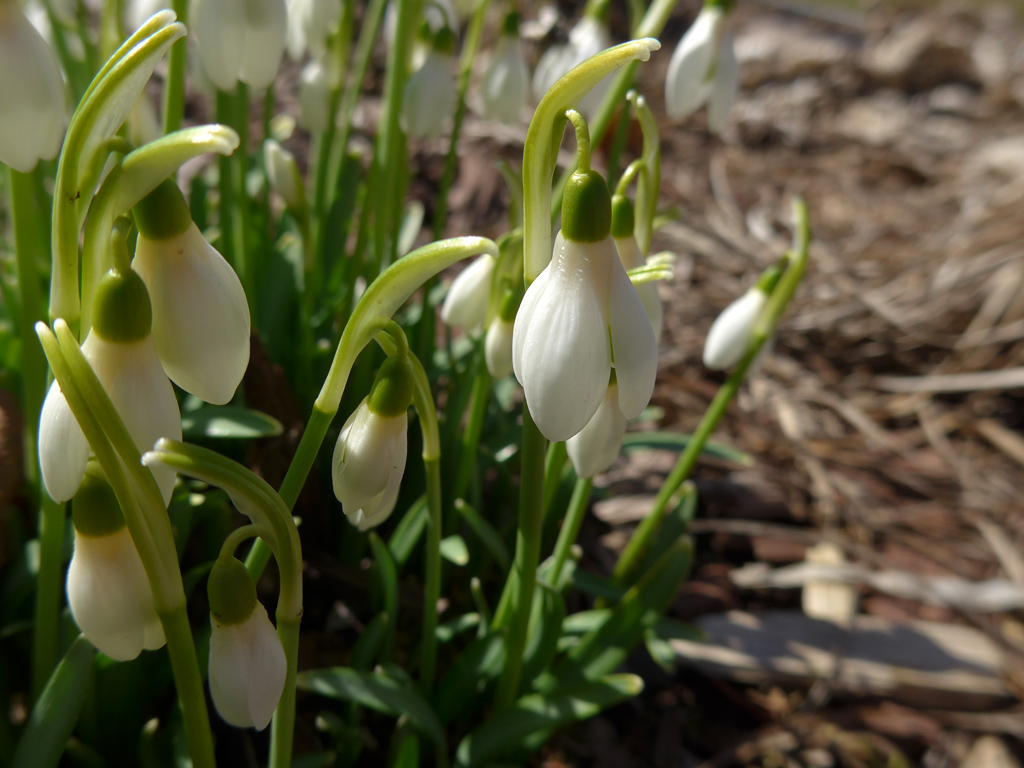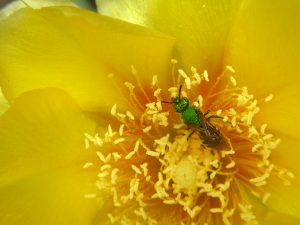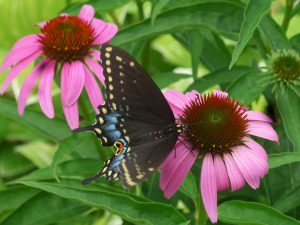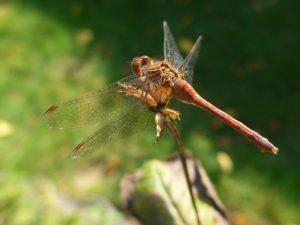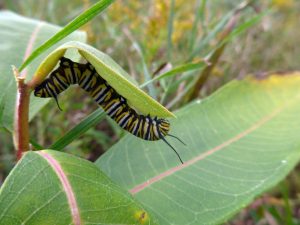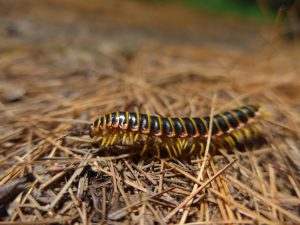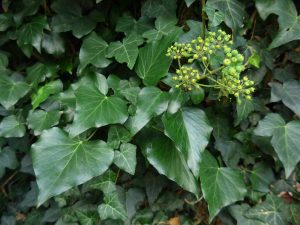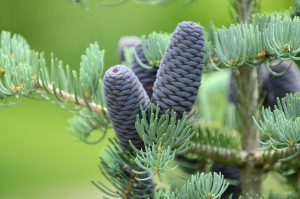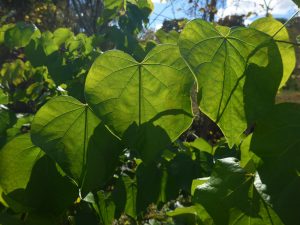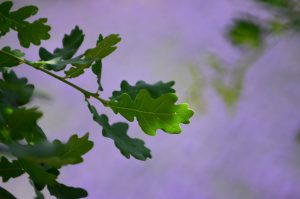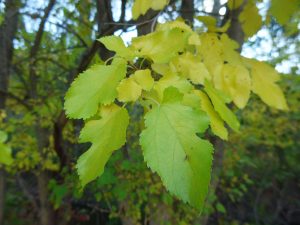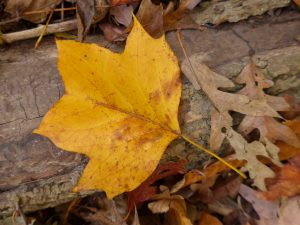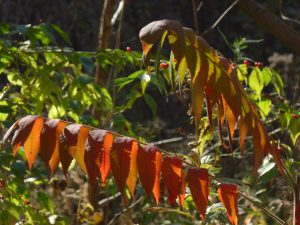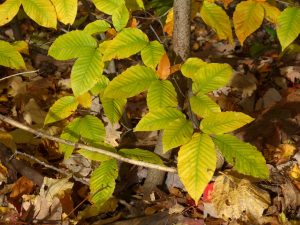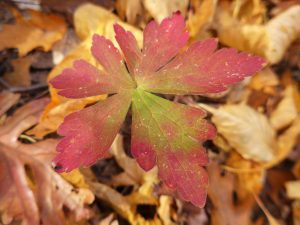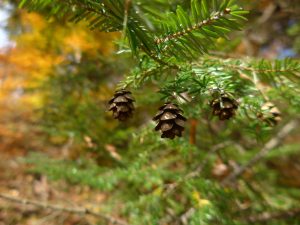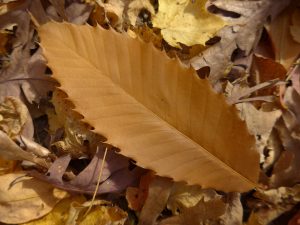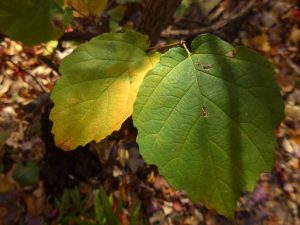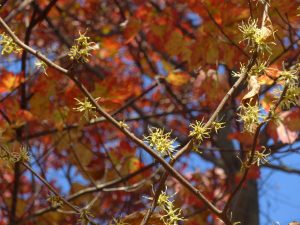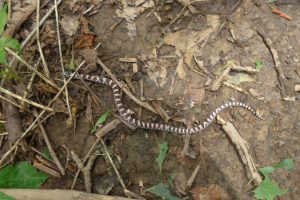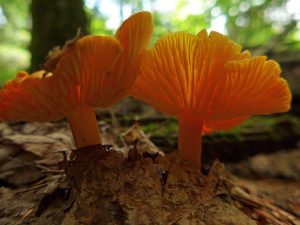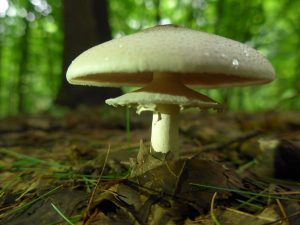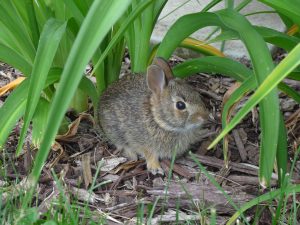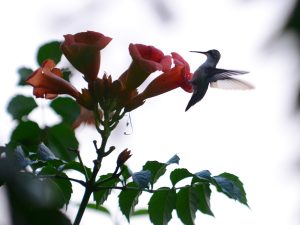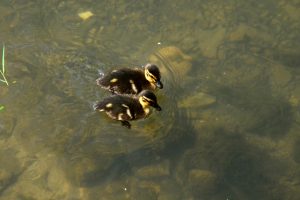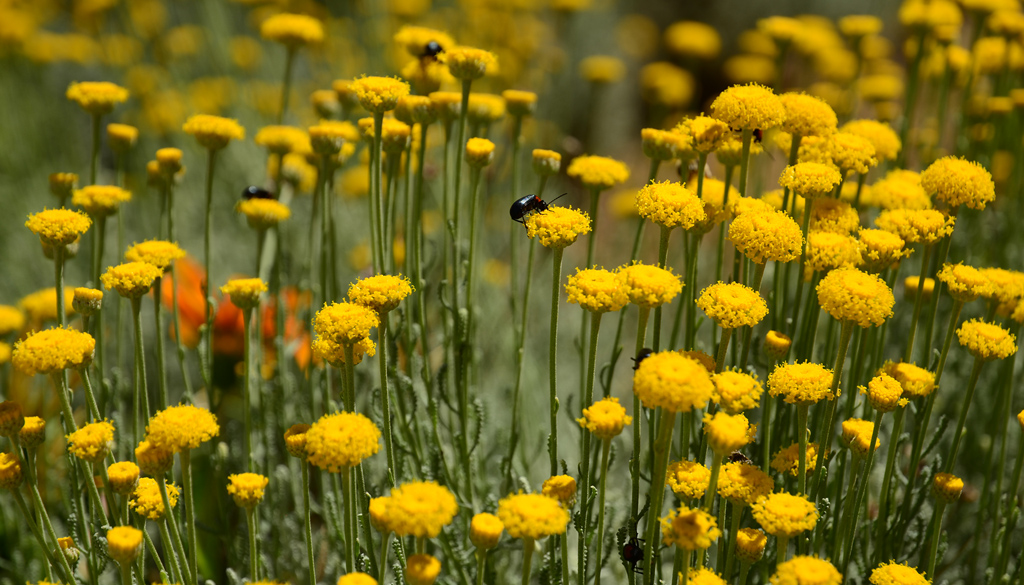
Art Nouveau Nature & Gardens
Art Nouveau draws heavily from a wide range of natural elements. Floral motifs—such as lilies, irises, and poppies—appear frequently, with their sinuous stems and elegant curves becoming iconic features of the style. Leaves, vines, and tendrils often weave through architectural façades, furniture, and even jewelry, blurring the lines between built environments and living ecosystems.
Beyond plants, Art Nouveau found inspiration in the animal kingdom. Insects like dragonflies and butterflies were favored for their delicate wings and graceful symmetry. Reptiles and amphibians—such as lizards, snakes, and frogs—added an exotic, sometimes mystical quality to the movement's visual language. Even the textures and forms of rocks, minerals, and flowing water were incorporated, lending an earthy, elemental presence to many works.
Flowers
Flowers are a central and unmistakable motif in Art Nouveau. Whether you’re admiring the intricate facade of a historic Art Nouveau building or examining the delicate curves of a hand-crafted piece of furniture, you’ll find that flowers are woven into nearly every aspect of the design.
On the exteriors of buildings, floral patterns are often sculpted into stone, iron, or stucco, climbing across facades like living vines. Inside, they appear as detailed stained glass windows, carved wooden moldings, and even painted murals that wrap around entire rooms. In decorative arts, such as ceramics, vases, and tableware, flowers are stylized into flowing, organic shapes that mimic their natural counterparts while enhancing their elegance and fluidity.
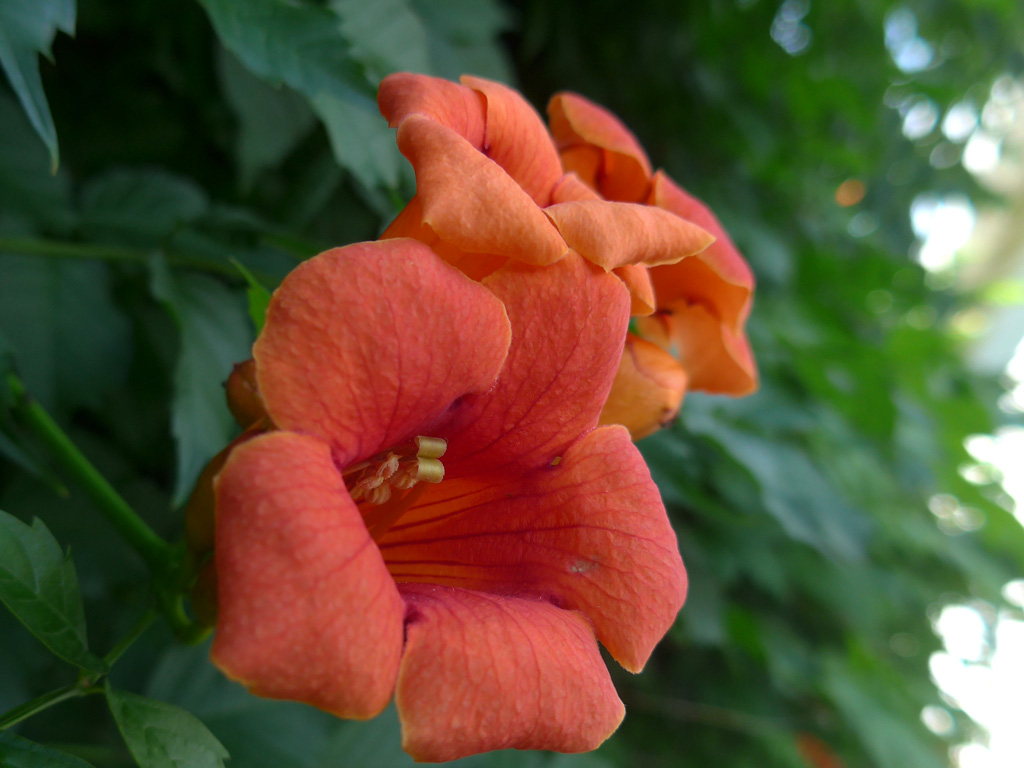
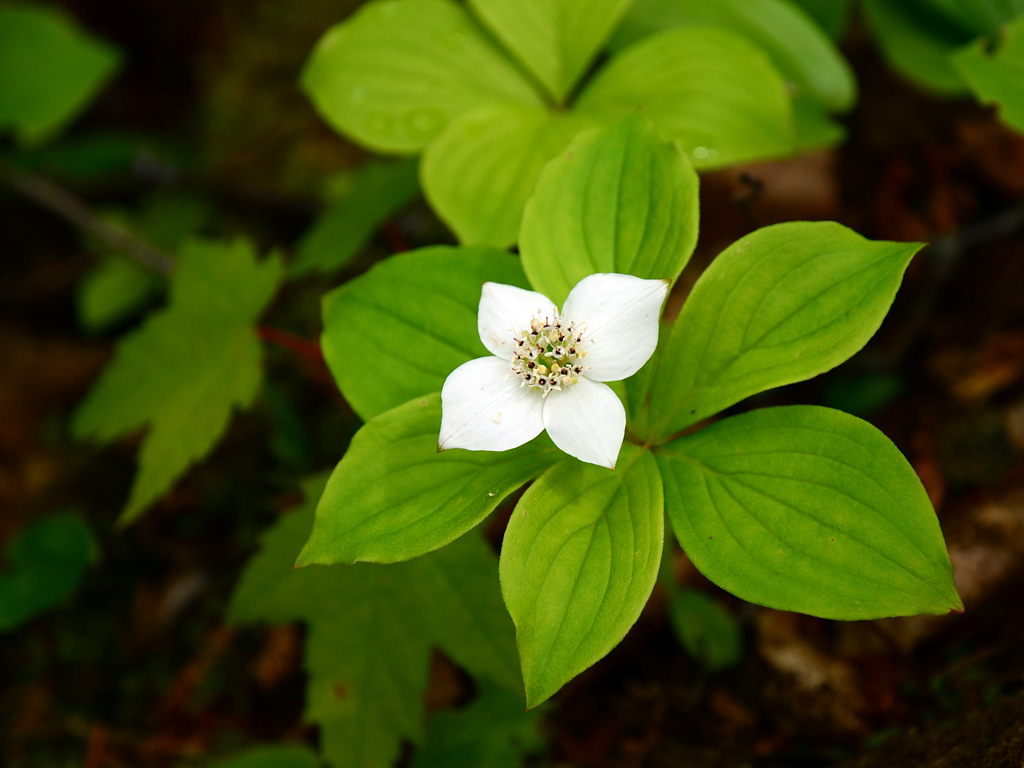
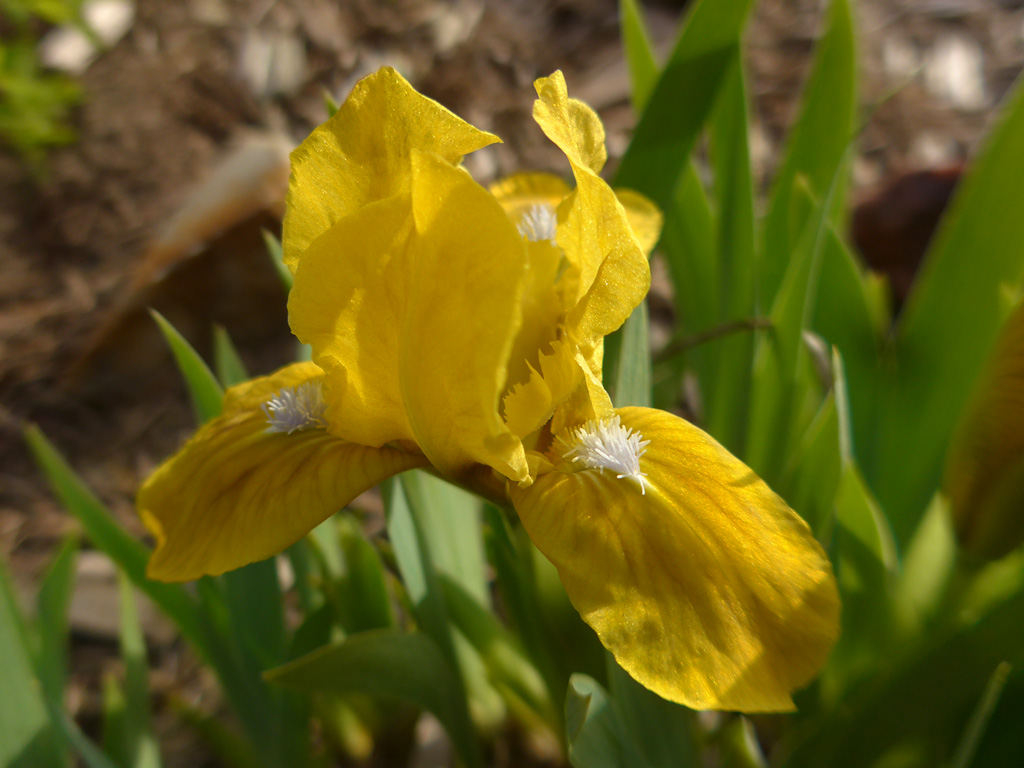
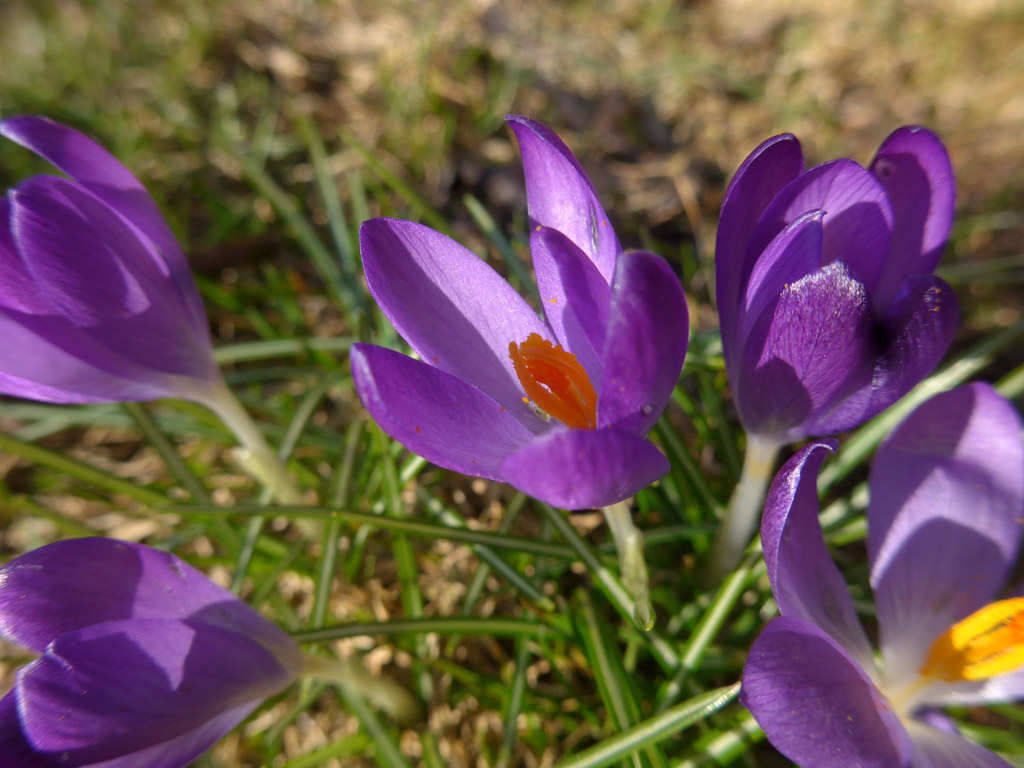
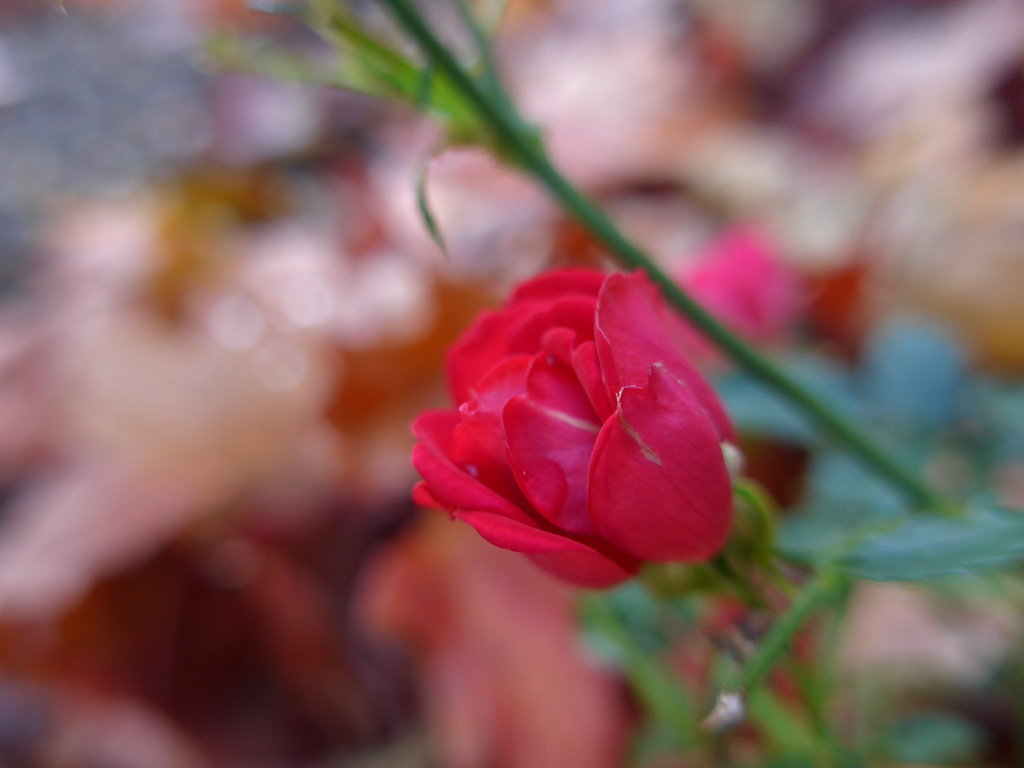
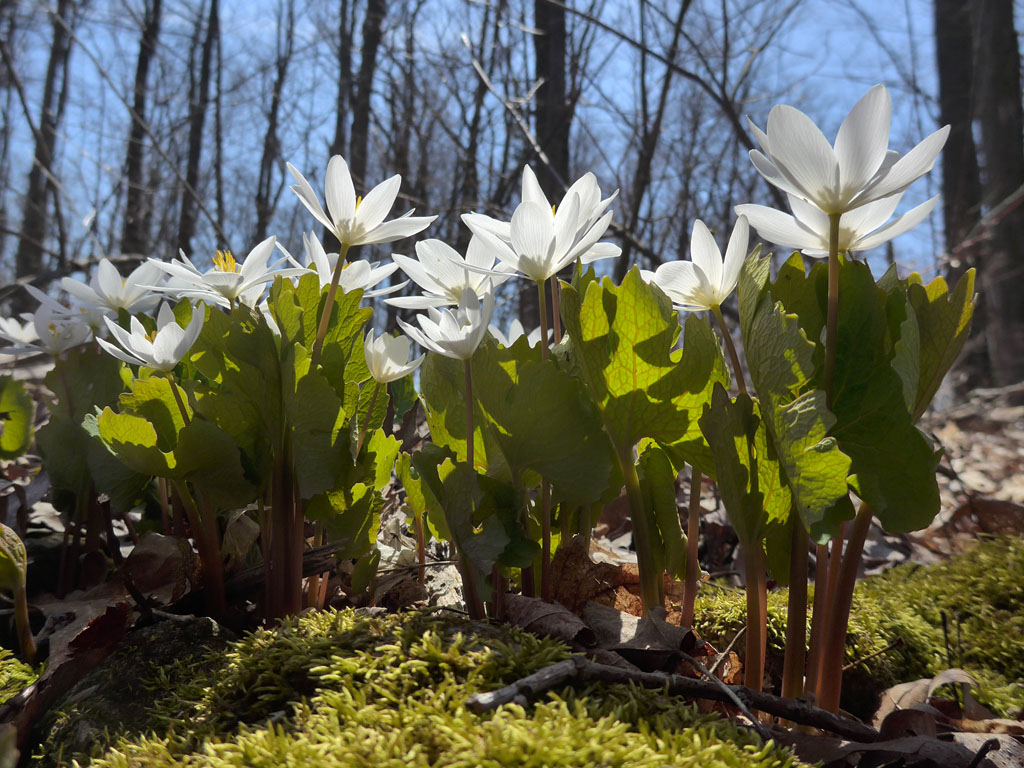
Insects
Flying, jumping and climbing, insects are depicted in all forms of Art Nouveau.
Plants & Trees
Foliage, vines, branches and more.
Reptiles & Amphibians
Mushrooms & Fungus
Many a glass and ceramic vase have been sculpted based on mushrooms.
Mammals
Birds
Even our feathered friends are part of it all.
